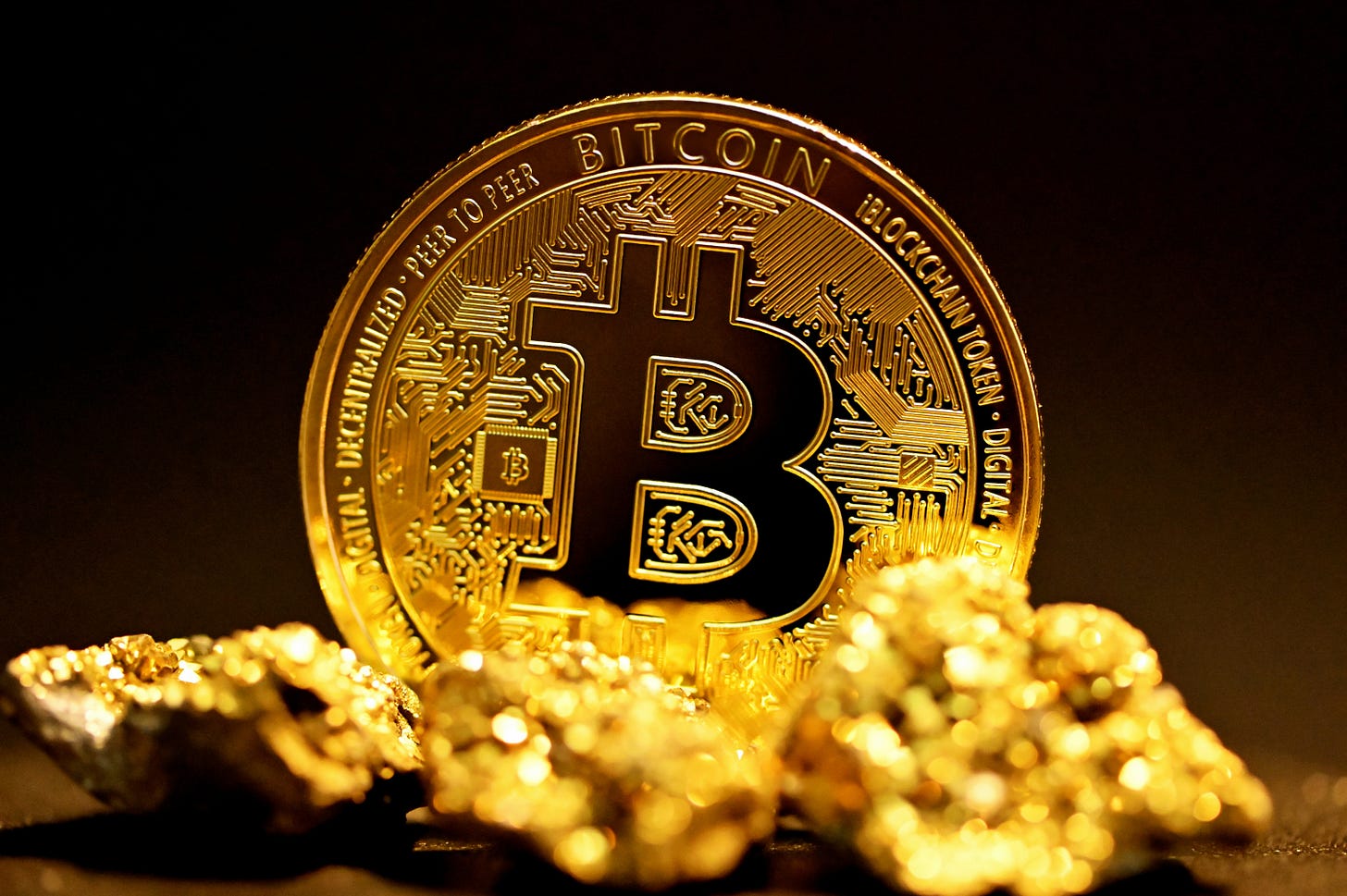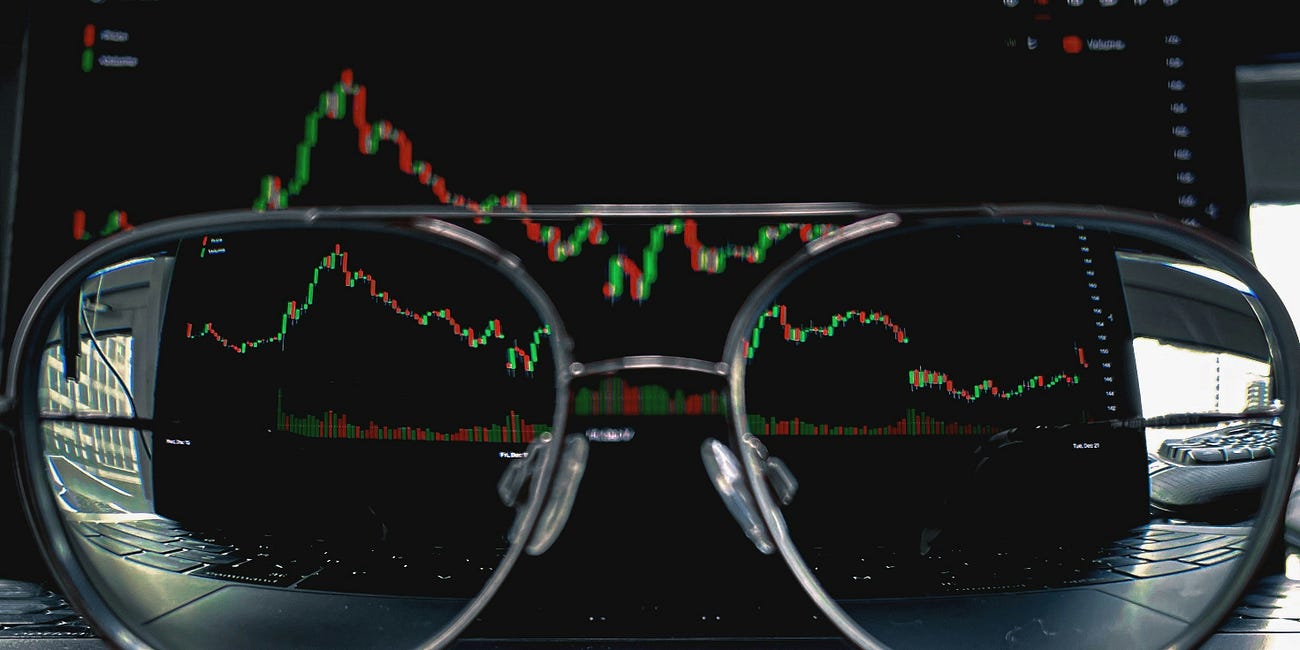The best asset money can buy
Why Bitcoin beats gold, stocks and real estate.

It’s been one year since I bought my first Bitcoin.
On Sept. 9, 2024, I put $100 into this strange new form of money with an ironclad investment thesis: We’ll see what happens.
A year later, Bitcoin had more than doubled from my $56,782 entry point. It hit an all-time high of $125,200 on Aug. 14. Even after a pullback, it was still trading at $113,840 on my one-year anniversary. My money had doubled.
But the real surprise over the past year wasn’t how much Bitcoin went up — it was what I learned along the way.
I started out curious about Bitcoin. But the deeper I went, the more I started questioning the system it pushes back against: the one we all live in, but rarely stop to examine.
The more I learned, the more obvious it became: Bitcoin is the symptom. The U.S. dollar is the cause. The dollar is the problem. Bitcoin has skyrocketed — and is likely to keep rising — because it just might be the answer.
Since I bought my first Bitcoin, I’ve learned it’s not just hype.
It’s the highest-grossing asset in modern history. Bitcoin’s returns have far outpaced every major asset class since inception in 2009, beating gold, silver, real estate, stocks, art and collectibles by a wide margin. Its market value hasn’t just grown, it’s exploded, proving its rise is no accident.
Don’t just take my word for it. Google it. Ask your favorite A.I. Or check with your financial advisor — though I bet they won’t know, and will probably still warn you against “cryptocurrency.”
I’ve done the homework. And I’m still doing more.
One mid-July weekend, I found myself hunkered down on the couch, binge-watching YouTube videos — interviews, podcasts and everything from social media influencer Chris Johnson — cramming as much as I could absorb. The intense, focused learning session felt more like a mission than a hobby.
I finally made it through Bitcoin’s White Paper, something I’d started and stopped multiple times since March. It wasn’t easy, but it was necessary.
By early September, I’d finished Lyn Alden’s “Broken Money,” which followed Sebastian Bunney’s “The Hidden Cost of Money.” These books were revelations rather than merely good reads.
You can’t dive into that flood of information without coming away with a clearer, deeper understanding of the massive money problem facing all of us: America’s broken financial system.
To grasp Bitcoin's utility, you have to understand what broke in our financial system.
Until Aug. 15, 1971, the dollar was backed by gold — a fixed, reliable standard that kept money honest. Then President Nixon severed that link, unleashing unchecked money printing.
Since that day, inflation has become a permanent feature of American life. The dollar has lost over 85 percent of its purchasing power. Your savings, your paycheck, your time — they all buy less every year, and most people don’t even realize it’s happening.
What $1 bought in 1971 now costs nearly $8. A $20 grocery run back then? That’s $157 today. Instead of asking why, we just complain — and keep playing the game that was never designed for us to win.
And all the while, the government keeps spending — recklessly, endlessly — because it has to. The system demands it. No politician, man or woman, young or old, Black or white, Democrat or Republican, can stop it. Slamming the brakes would collapse the entire machine. So they all keep it running — printing, borrowing, inflating — just to avoid total disaster.
What helped me was thinking of it in simple terms: my Doritos get more expensive every year. Nacho Cheese or Cool Ranch, I’m lucky if I can buy a bag for less than seven bucks nowadays.
And that disappearing act where there’s actually less chips in the bag? That’s inflation’s cousin, the stingy one nobody likes named shrinkflation.
The rabbit hole only gets deeper once you dedicate time to dig.
This slow bleed is the root of the problem. And it’s exactly what Bitcoin was built to counter.
Unlike dollars, Bitcoin has a fixed supply: only 21 million will ever exist. It can’t be printed, devalued or manipulated by any government, party or central bank. This makes it extremely valuable, a finite asset unlike anything we’ve ever seen.
It’s also decentralized — run by code, not politicians — and verified by a global network instead of a third party you’re expected to trust blindly. It moves fast, stores value across borders and protects privacy in a world that increasingly demands access to everything we do.
It’s money that plays by a different set of rules.
Bitcoin isn’t perfect. The price swings scare people, and at over $100,000, it seems out of reach. But volatility is just growing pain, and you don’t need to buy a whole Bitcoin — you can start with just a few dollars, like I did.
Since then, I’ve learned that Bitcoin is the most powerful tool we’ve ever had to opt out of a system that keeps making life more expensive, savings more fragile and the future more uncertain.
I’m not telling you to buy Bitcoin.
But I strongly encourage you — and your family — to study it.
God Bless Bitcoin
The price of Bitcoin was $56,000 when I purchased my first fractional shares on Sept. 9.
How I invested $20,000 in Q2
I’m pulling back the curtain on how I invested $20,000 across 11 equities in Q2, every dollar, every decision, every result.
Disclaimer: The information contained on Money Talks is not intended as, and should not be understood or construed as, financial advice. I am not an attorney, accountant or financial advisor. These are my personal experiences, and neither this website, newsletter nor podcast is a substitute for advice from a qualified professional.





